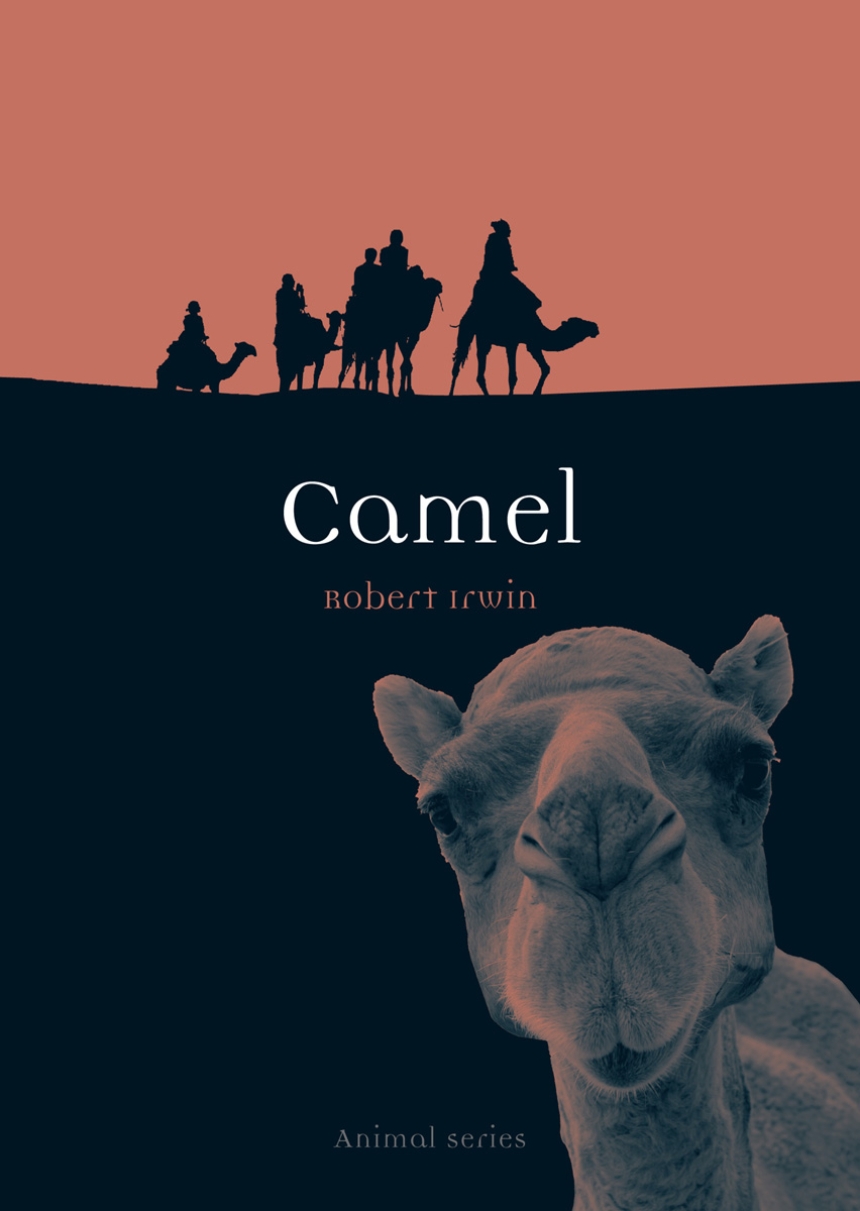Distributed for Reaktion Books
Camel
A distinct symbol of the desert and the Middle East, the camel was once unkindly described as “half snake, half folding bedstead.” But in the eyes of many the camel is a creature of great beauty. This is most evident in the Arab world, where the camel has played a central role in the historical development of Arabic society—where an elaborate vocabulary and extensive literature have been devoted to it.
In Camel, Robert Irwin explores why the camel has fascinated so many cultures, including those cultivated in locales where camels are not indigenous. Here, he traces the history of the camel from its origins millions of years ago to the present day, discussing such matters of contemporary concern as the plight of camel herders in Sudan’s war-torn Darfur region, the alarming increase in the population of feral camels in Australia, and the endangered status of the wild Bactrian in Mongolia and China. Throughout history, the camel has been appreciated worldwide for its practicality, resilience, and legendary abilities of survival. As a result it has been featured in the works of Leonardo da Vinci, Poussin, Tiepolo, Flaubert, Kipling, and Rose Macaulay, among others. From East to West, Irwin’s Camel is the first survey of its kind to examine the animal’s role in society and history throughout the world.
Not just for camel aficionados, this highly illustrated book, containing over 100 informative and unusual images, is sure to entertain and inform anyone interested in this fascinating and exotic animal.
Click here for a special, limited-time offer for the entire Animal series.
232 pages | 60 color plates, 40 halftones | 5 3/8 x 7 1/2 | © 2010
Biological Sciences: Behavioral Biology, Natural History
Reviews
Table of Contents
1 Physiology and Psychology
2 Ancestors of the Camel
3 Practical Camel
4 Camels in the Medieval World of Islam
5 The Beauty of the Beast: Literature and Art
6 The Camel’s Role in History
7 Modernity’s Camel
Timeline of the Camel
References
Select Bibliography
Associations and Websites
Acknowledgements
Photo Acknowledgements
Index

